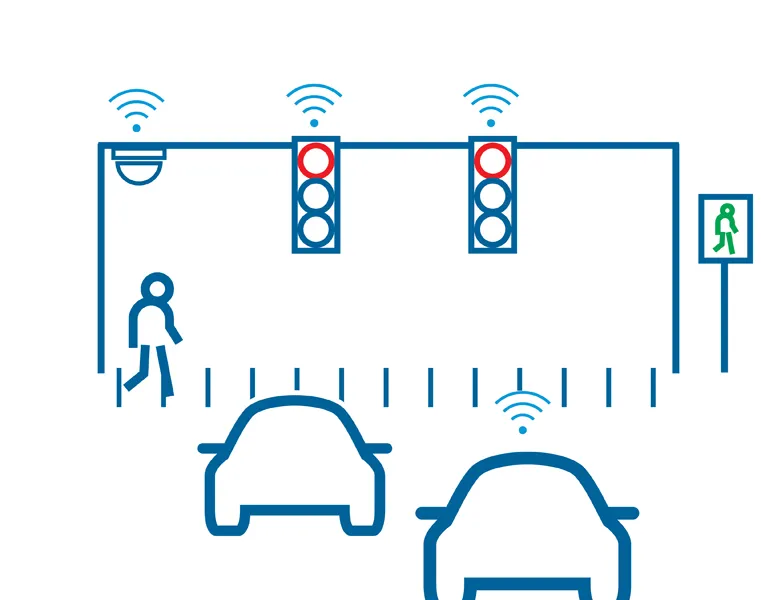The system combines Clarion’s SurroundEye camera monitoring system with Hitachi’s vehicle control units and steering and brake actuator control technology to park a vehicle by remote control using a smartphone.
It provides a real-time image display of what is around the vehicle on the smartphone screen, as well as the route the vehicle is travelling, enabling the driver to automatically park the vehicle safely while always being aware of its surroundings.
A vehicle that is being automatically manoeuvred can be instantly stopped by a screen operation on the smartphone if the driver detects a possibly dangerous situation. The vehicle itself has an automatic stop function that operates when its sensors detect pedestrians or obstacles in the vicinity.
Clarion and Hitachi develop driverless parking system
Hitachi Automotive Systems and Clarion have developed a remote parking system that automatically performs parallel and perpendicular parking as well as garage parking and exit from outside the vehicle through remote control using smartphones.
March 31, 2017
Read time: 1 min









